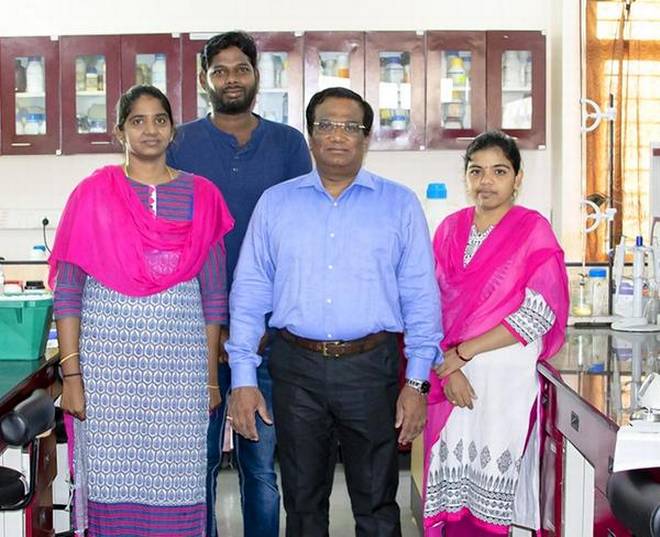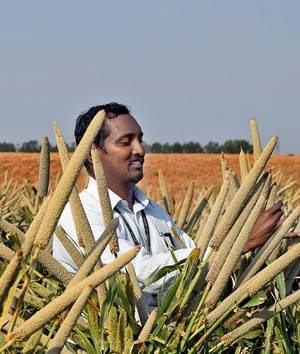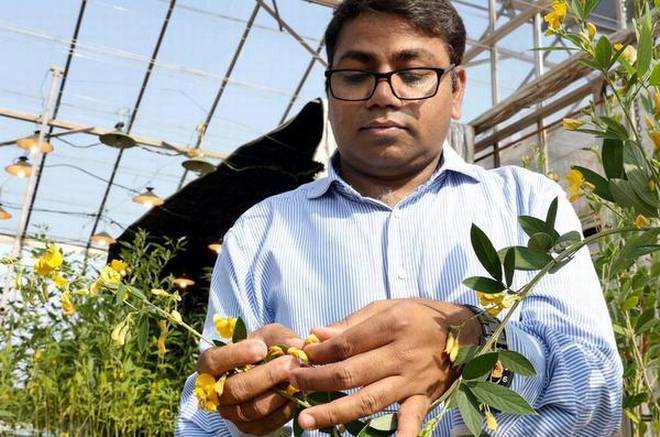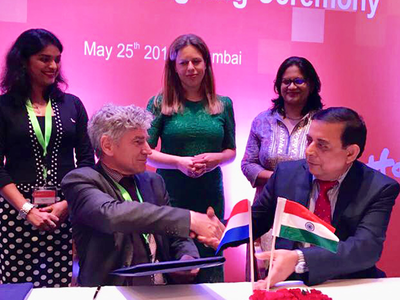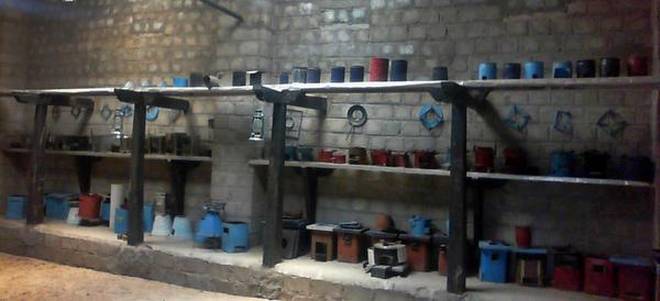
Hyderabad :
An all-terrain wheel chair, a vehicle mounted wind turbine, an underground cable fault detection system, a solar-based automatic drainage cleaning system were among several interesting projects developed by the graduating officers at the Military College of Electronics and Mechanical Engineering (MCEME), Secunderabad.
Governor E S L Narasimhan who conferred engineering degrees to 20 Officers of Technical Entry Scheme Course (TES-29) urged the graduates to harness technologies for the army.
“Rapid advances in technology are relentlessly fuelling changes at a rate that is both awesome and exhilarating. Your challenge is to harness these technologies for the Army and ensure that each and every one is touched by this change,” he said.
The ceremony was attended by a host of senior dignitaries from military and civil administration and gathering of more than 300 Service personnel and their families.
Delivering the inaugural address, Lieutenant General Paramjit Singh, Commandant, MCEME said the institution had not only excelled in the field of technology and training but has also left its indelible mark in the field of sports and adventure activities.
The GOC-in-C ARTRAC Trophy, Best student book prize and DGEME Gold medal were awarded to Lieutenant Siddharth Siwal for standing best all round student officer of the course. Lieutenant Aayush Vatsal (Electronics) and Lieutenant Nitin Dabas (Mechanical) were awarded Commandant’s silver medals. The chief guest, Governor Narasimhan appreciated the Best project “Vehicle mounted wind turbine” designed by Lieutenant Nitin Dabas, Lieutenant Bhupendra Singh Rathore, Lieutenant Jai Prakash Saraswat and Lieutenant Gaurav Chaudhary.
The Military College of Electronics and Mechanical Engineering, Secunderabad was established in 1953. Over the years, the College has developed into a premier training institution of the Indian Army. The training standards of the College have been recognised and College has been rewarded with Prime Minister’s Awards for various Students Projects. The MCEME trains technical capital for providing sustainment and engineering support to the complete equipment of the Indian Army.
source: http://www.timesofindia.indiatimes.com / The Times of India / Home> News> City News> Hyderabad News / by Ch. Sushil Rao / TNN / June 28th, 2018
